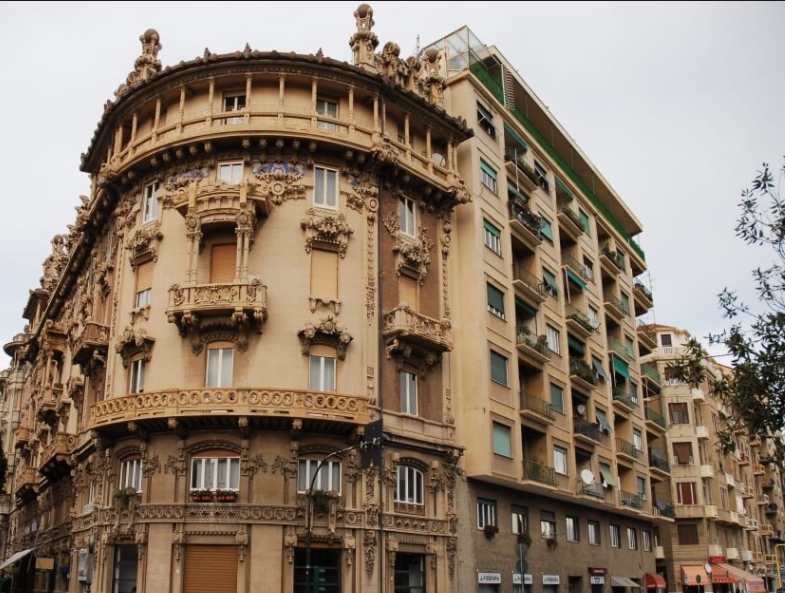
Italy can boast one of the greatest collection of artistic masterpieces in the world. Classical buildings, fascinating medieval churches, Renaissance and Baroque sculptures and frescoes, squares and fountains are by themselves living museums. Getting to know the vast variety of the land’s cultural heritage broadens your sense of humanity and helps cognize your soul.
When you travel Italy, you will have a unique chance to see monuments of such important periods and styles of Italian architecture as Ancient Roman, Early Medieval, Gothic, Baroque and Renaissance ones, giving the world great architects and artists like Andrea Palladio, Giacomo Vignola, Michelangelo Buonarotti, Raphael Sanzio and many others.
Roman architecture features a careful selection of traditional Greek and Etruscan elements, combined with new structural principles (the development of the arch and use of new building material, concrete, and mosaic as decoration) in innovative ways. The legacy of the period is still seen nowadays in domes and rounded arches of political and religious buildings. Enjoy the majesty and splendour of Ancient Roman architecture by visiting Pantheons, Amphitheatres, Circuses, Basilicas and Temples.
Medieval Italy presented a mix of ancient Roman architecture with growing thearchic power and artistic rebellion. Artists protested against claims that art should only have religious connotation so everyday life of common people became the focus for new works. Cultic art wasn’t abandoned, however, and some of the greatest medieval masterpieces were created, including beautiful churches and cathedrals.
From the mid-12th to the end of the 15th century Gothic architecture flourished in Europe. Its vertical lines and spires, great height in interior spaces, the pointed arch and tall pillars were used not only for churches and monasteries, but for non-religious buildings as well. In Italy, the Gothic architecture had a classical basis characterized by vast spans and simple arches on a basilican plan. An example of this style is Milan Cathedral.
The period known as the Italian Renaissance, or rebirth, began in the 14th century and lasted for about 200 years. Lively interest in ancient Roman and Greek cultures excited development in art and architecture. The works of Andrea Palladio made a revolution in European architecture and continues to influence it today.
The word ‘Baroque’, originally a derogatory term of Renaissance, means ‘absurd or queer’. Started in Rome in 16th century by Michelangelo, it was primarily aimed to express the city’s dominant role in the Catholic world. Basic concepts of this monumental style include the use of classical forms for dynamic and dramatic large-scale schemes, integration of a building with its surroundings and city plan on the whole. An outstanding representative of this period’s masters is Gian Lorenzo Bernini, under whom buildings for popes, kings, and the nobility were constructed.
Some examples of sightseeigns and attractions in Italy, worth to be explored during your italian travel include the Pantheon, Capitoline Museums, the Roman Forum and Colosseum, Vatican Museums, Basilicas, the Academia, San Marco Square and the Academia in Venice.


